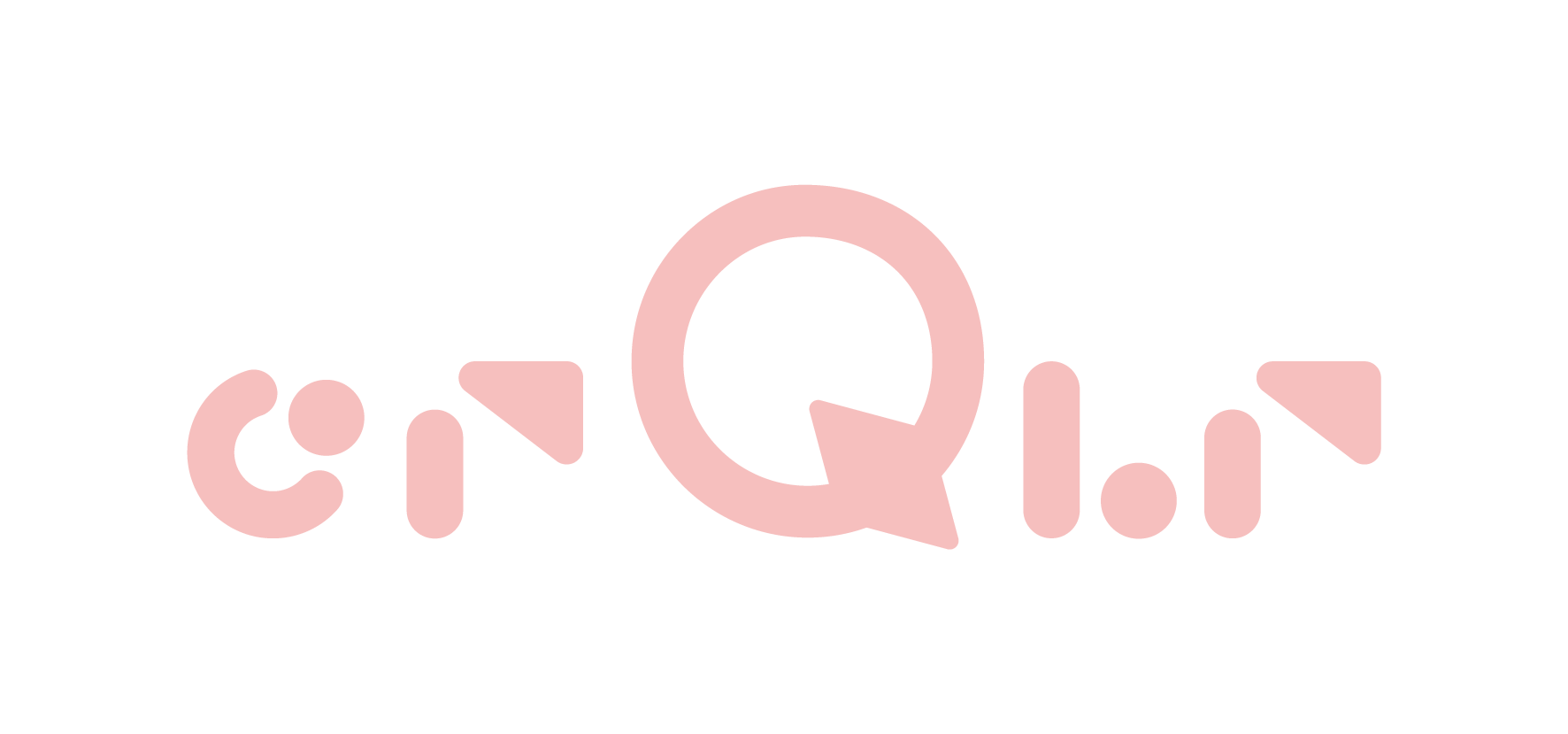-
応募プロジェクト・アイデアのタイトル(日英併記)
HONEY OATH
-
応募プロジェクト・アイデアの紹介動画URL(5分以内)
https://www.youtube.com/watch?v=MZoNhkAcuko
-
応募プロジェクト・アイデアの詳細説明(日英併記)
古来より人間はヒトとは違う、異種の生き物と生活を共にしてきた。家畜と呼ばれるそれらは人間と利害を共有し、共に生きることでお互いの命を繋いでいく存在であった。彼らが精神的に人間にとってどういう存在であったのか、神話や民話の中には現れている。彼らは最も近しい存在であると同時に、時に神の使いであり、時に神自身であったり、身近な霊界 との媒介者であった。近代化していく中で、彼らとの精神的繋がりは薄れ、搾取の対象となってしまった。その背景には人間の生活様式が人間中心主義的となっていった過程があり、異種との共生のバランスは完全に崩れてしまったと言っていいだろう。
菅谷はそのような異種と人間の関係性に興味を持ち、作品化してきた。
蜜蜂の一部も同じく、エジプト時代から始まった養蜂技術によって長い時間をかけて家畜化していった。作品名「HONEY OATH」には人と自然の間で守り続けなくてならない祈誓の意味が込められる。古代信仰において蜜蜂は実りと黄金の蜜を媒介する地母神の使いであり、神聖な生き物として大切にされてきた。
しかし近年になり人間の側から盟約が次々と破られ、蜂群崩壊症候群など人間へ直接跳ね返ってくる問題が相次いでいる。私たちは人間中心主義的な視点を一度取り払い、異種たちと交わした契約を思い出し、新たな関係性を模索するべきではないだろうか。今作にはそのような菅谷の想いが込められる。
Since ancient times, humans have shared their lives with different species of living things. These creatures, called domestic animals, shared the same interests as humans, and by living together, they were able to sustain each other's lives. What they were to humans spiritually is reflected in myths and folk tales. They were the closest of all beings, sometimes messengers of the gods, sometimes gods themselves, and sometimes mediators with the spirit world around them. In the course of modernization, the spiritual connection with them has faded and they have become objects of exploitation. Behind this was the process of human life style becoming anthropocentric, and the balance of symbiosis with other species was completely broken.
Sugaya has been interested in such a relationship between different species and humans, and has been creating artworks about it.
Some of the bees were also domesticated over a long period of time through beekeeping techniques that began in the Egyptian period. The title of the work, "Honey Oath" is an oath that must be kept between man and nature. In ancient beliefs, bees were the messengers of the earth mother goddess, who brought fruitfulness and golden nectar to the earth, and were cherished as sacred creatures.
In recent years, however, the human side of the pact has been broken one after another, and problems such as bee swarm collapse syndrome have been occurring one after another, which directly affect human beings. Shouldn't we remove our anthropocentric perspective, remember the agreements we made with other species, and seek new relationships with them? Such are the thoughts of Sugaya in this work. -
審査のポイントである3つのP(for People, for Planet, for Profit)について、あなたのプロジェクトや活動ではどのような取り組みをしていますか?
作品を通じて異種との長い歴史や結びつきを視覚的かつ感覚的に表現することで、鑑賞者に異種との関係性に対する新たな意識を喚起。環境保護や生態系への配慮に対する理解を深め、対話を生む(人のため)。
その対話を通じて、地球に対する責任を共有し、環境保護や異種との共生に向けた新たなアクションやイニシアチブが生まれる契機となる(地球のため)。
これらが利益である。
By visually and sensitively expressing the long history and ties with different species through the artwork, it arouses in the viewer a new awareness of the relationship with different species. Deepen their understanding of environmental protection and ecological considerations, and generate dialogue (for people).
Through that dialogue, they will share their responsibility to the earth, and this will provide an opportunity for new actions and initiatives toward environmental protection and coexistence with different species (for planet).
These are the profits. -
活動のメインの拠点(国と地域)を教えてください
東京都西多摩郡檜原村
-
活動時期を教えてください
2016年〜現在
-
キーワード
#Bee #Bioart #post-anthropocentrism
-
応募プロジェクト・アイデアのWebサイトがありましたら、URLをご記入ください。
https://www.akisugaya.com
-
応募プロジェクト・アイデアのSNSアカウントがありましたら、URLをご記入ください。
https://www.instagram.com/gusi_ka/
-
【特別賞】「100年後の地域社会への価値還元」として、100年先、1000年先にその土地で暮らす人々の資産として、文化・産業を継承する仕組みになっているか?(日英併記)
-
【特別賞】「生物多様性へのポジティブな影響」として、「人間中心」にとどまらず、生態系全体に対して好循環を生み出そうとしているか?
-
【特別賞】 「新しいパートナーシップのデザイン」として、異業種間の連携や、生活者との共創、サプライチェーン内における役割の転換など、他者との新しい協働のかたちを実現しているか?
- 37
HONEY OATH
"HONEY OATH" is an artwork created by Aki Sugaya, who herself keeps bees for a long period of time and worked with them.
In recent years, the mass death of bees has become a worldwide problem. Pollination by bees supports one-third of the world's food supply. Humanity now needs to rethink and change its anthropocentric perspective. Otherwise, will humanity create an alternative to the honeybee, or will we perish together?
This work uses as its motif a statue said to have been made in ancient times to pray for a good harvest. The three statues are "Venus of Willendorf," "Venus of Jomon," and "Artemis of Ephesus. The candy is colored and given to the bees. The bees visit the statues every day and gradually bring them back to the hive, where they are transformed into colored honey. At the same time, the mother goddess is disfigured and disappears. The process and results of this process are photographed and filmed, and exhibited together with the honey collected.
The bees swarming around the mother goddess is a beautiful sight. The process of the destruction and loss of relics of human history by nature is both unsettling and a kind of comforting return to nature.
However, the color of the candy appears as the color of honey. This fact makes us keenly aware of the fact that human actions definitely affect nature and leave traces of their impact.
"HONEY OATH" is an attempt to visualize the long history and strong connection between humans and bees, to question what is natural and what is artificial, and to awaken the viewer's awareness that humans are part of a larger circulation.
In recent years, the mass death of bees has become a worldwide problem. Pollination by bees supports one-third of the world's food supply. Humanity now needs to rethink and change its anthropocentric perspective. Otherwise, will humanity create an alternative to the honeybee, or will we perish together?
This work uses as its motif a statue said to have been made in ancient times to pray for a good harvest. The three statues are "Venus of Willendorf," "Venus of Jomon," and "Artemis of Ephesus. The candy is colored and given to the bees. The bees visit the statues every day and gradually bring them back to the hive, where they are transformed into colored honey. At the same time, the mother goddess is disfigured and disappears. The process and results of this process are photographed and filmed, and exhibited together with the honey collected.
The bees swarming around the mother goddess is a beautiful sight. The process of the destruction and loss of relics of human history by nature is both unsettling and a kind of comforting return to nature.
However, the color of the candy appears as the color of honey. This fact makes us keenly aware of the fact that human actions definitely affect nature and leave traces of their impact.
"HONEY OATH" is an attempt to visualize the long history and strong connection between humans and bees, to question what is natural and what is artificial, and to awaken the viewer's awareness that humans are part of a larger circulation.


